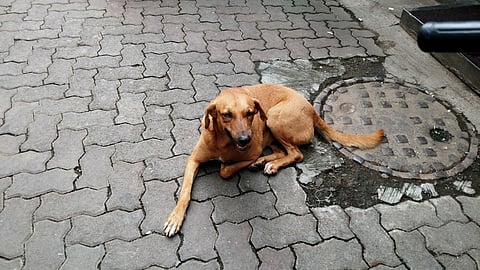
- Latest Legal News
- News
- Dealstreet
- Viewpoint
- Columns
- Interviews
- Law School
- Legal Jobs
- हिंदी
- ಕನ್ನಡ

A plea has been filed before the Supreme Court challenging the top court's August 11 order directing the removal of all stray dogs from public spaces in Delhi NCR and their relocation to shelters, contending that the move will cause large-scale cruelty to animals, is practically impossible to implement, and will not solve the problem of rabies deaths.